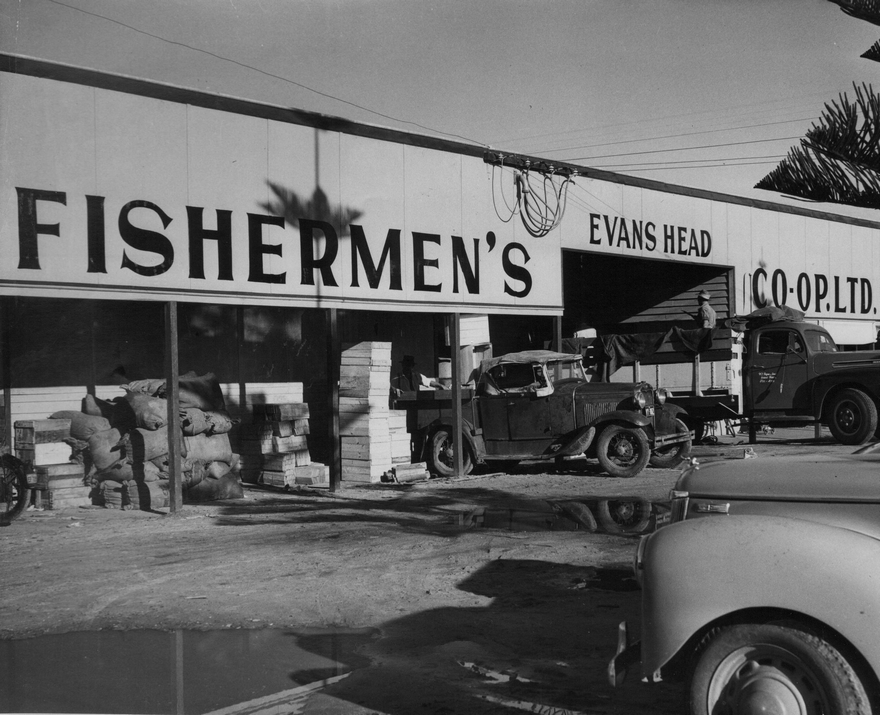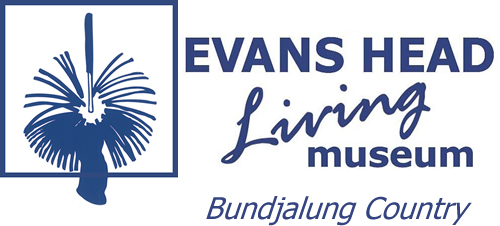Bundjalung
Prior to the arrival of Europeans the area was inhabited by the Bundjalung people for tens of thousands of years. The district was named Dirrawong.
White Pioneers
There are two explanations for the naming of Evans Head. The first argues that a European settler named Captain Thomas Paddon walked through the area when his coastal survey ship was unable to leave Ballina. He named the river and offshore reef “Evans” after the first lieutenant of his survey ship.
This is repudiated by a more plausible explanation: “The story about Thomas Paddon naming Evans Head, although quite well known, is incorrect. It is very true though that he was the first European settler and a patriarch to the town. The name Evans River first appeared on Admiralty maps in 1832, some 9 years before Thomas was born, in England, and is marked on many other maps before Thomas’ migration to Australia. Evans Head was most likely named after a young Captain Evan Evans who twice hit the reef off Evans Head some time around 1829 or 1830 and stopped at the river for repairs. This explanation appears in a number of publications from the late 1800’s and early 1900’s. While Evan Evans never settled there some of his descendants live there now.”
The following timeline is borrowed from “The Story of Evans Head”
1855 The Reverend Gainford, with a man named Mr. Essery, walked from Ballina to Iluka, crossing a river en route.
(From “Adventures of Thomas Gainford” by His Sons)
1866 Schnapper fishing a popular sport at Schnapper Rock.
(From Diaries of John, Donald and Lachlan McKinnon of “Oakfield”, Coraki)
1877 Captain Tom Paddon, attracted by gold, settled at Evans River.
Along with others, Paddon scoured the local beaches for alluvial gold in the late 1870s. At that time Chinaman Beach was worked by some 300 Chinese miners and McAuleys Lead was established about 25 km from Evans Head.
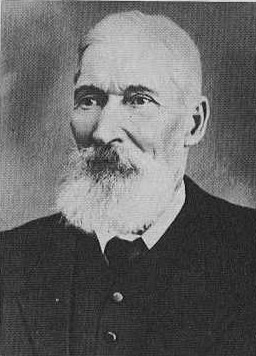
Captain Tom Paddon, born in England in 1841, was the founder of Evans Head settlement. Coming to Australia from New Zealand he was one of the early pioneers of water transport. He married a Miss Toovey of Coraki, settled first at Wardell, moving to the Evans Head district about 1877. There were five sons, Bill, Dick, Harry, Jack and Jim. Although it was gold that brought Captain Paddon to the district he later established the “Paddon Hotel’. Still later he won distinction as the first man in Australia to engage In the cultivation of oysters on scientific lines.
1882 Paddon Hotel built of pit-sawn cedar logs.
1882 Survivors of Marquis de Ray’s expedition settled at New Italy — later to enrich Evans Head.
1885 First white child born at Evans Head, James Paddon. Paddon family moved to Iron Gates about this time.
1887 Wreck of “Cahors” on Evans Reef. Rescue by Alexander Junner.
1894 McCauley’s Lead developed. Superior gold found.
1907 Opening of Telephone Office.
1909 First Post Office opened.
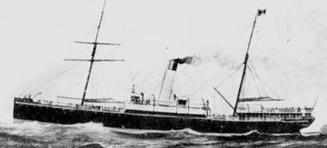
1911 Application for school fails. Government grants two acres of land, but no building.
1911 James Paddon won amateur sculling races on Clarence River.
1918 Further unsuccessful application for school.
1919 Arrival of Mr. and Mrs. J. McDonald to take over Wine Saloon, Post Office and Boarding House.
1919 Opening of first store by John Rosolen.
1919 Mr. Osborne becomes first baker.
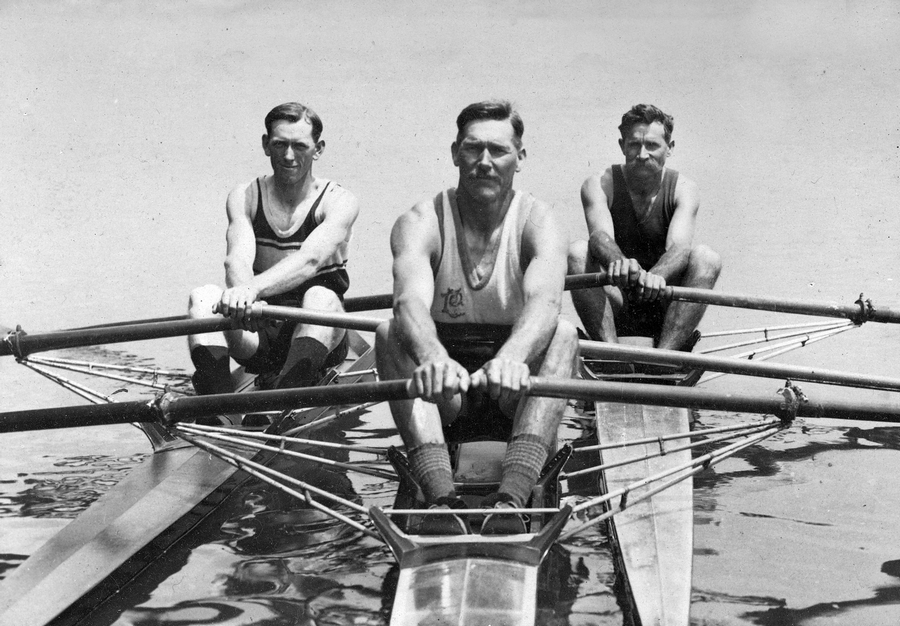
1920 Provisional School opened. Mr. Kemp becomes teacher.
1920 (circa) James Paddon in training for world sculling title, being paced by Jack Casey and Roy Dolby.
1921 Rosolen’s Hall opened.
1922 Subscriptions taken up for boat for James Paddon. World Sculling Championship won by James Paddon.
1922 Formation of Surf Club.
1924 James Paddon made world record. (In Moore’s Almanac)
1926 Dr. Banks landed his plane on sand to see a patient.
1926 Water tank erected on reserve by J. Rosolen and Sons.
1927 “North Coast Verse — Grave and Gay’, published by S. F. Cashmore.
1929 Mr. Wybrow’s bus service operating to Lismore.
1929 Formation of Country Women’s Association.
1929 Gollan’s Hall, Mini Golf and Amusement Park opened.
1930 Tennis Courts opened about this time.
1934 Pioneer Hotel opened (license transferred from Alstonville).
1935 Red Cross Branch opened.
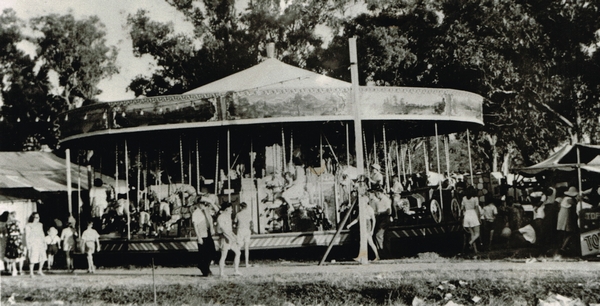
1935 Addition of one more room to school building.
1935 Formation of Bowling Club.
1935-37 Civil Aerodrome established. Fenced by C. Hattersley. Erection of 50 ft. high neon beacon.
1936 Surf Life Saving Club House built. Foundation stone laid by Dr. Jabour. Club’s membership 254.
1938 Woodburn-Evans Head Golf Club.
1939 Commencement of Kirkland’s Daily Bus Service (Lismore).
1940 Establishment of No. 1 Bombing and Gunnery School.
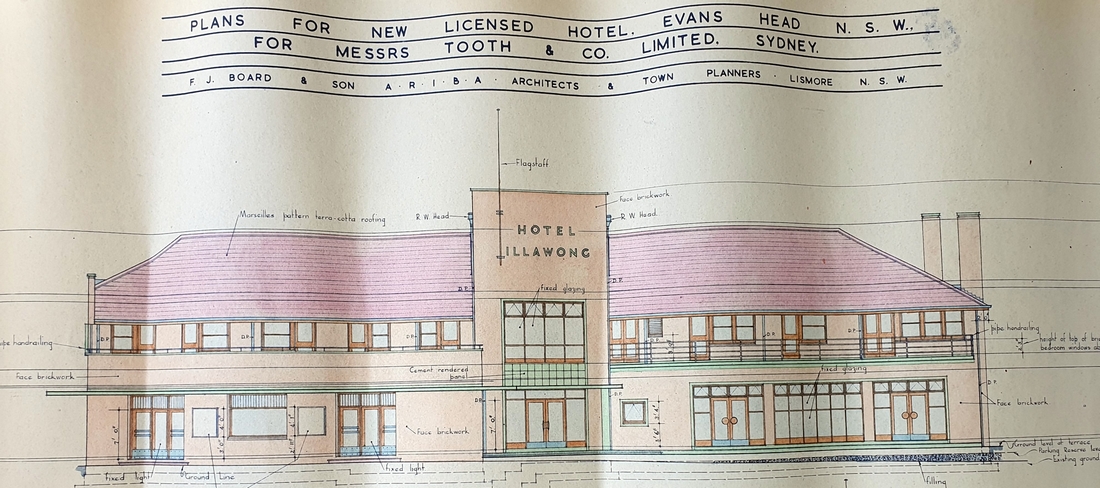

1940 Flemings began bus service to Ballina about this time.
1940 Road link between Evans Head and Broadwater Beach.
1941 Catholic Church opened.
1943 No. 1 Bombing and Gunnery School disbanded.
1943 Air Observers School transferred from Cootamundra.
1943 Scenic Railway established.
1946 Douglas Airline Service, Sydney-Evans Head.
1946 Butler Air Service.
1947 Formation of Evans Head Fishing Co-op.
1948 Constable Mills — first resident police officer.
1948 First Anzac Service at War Memorial.
1950 School residence completed.
1950 Opening of Presbyterian Church.
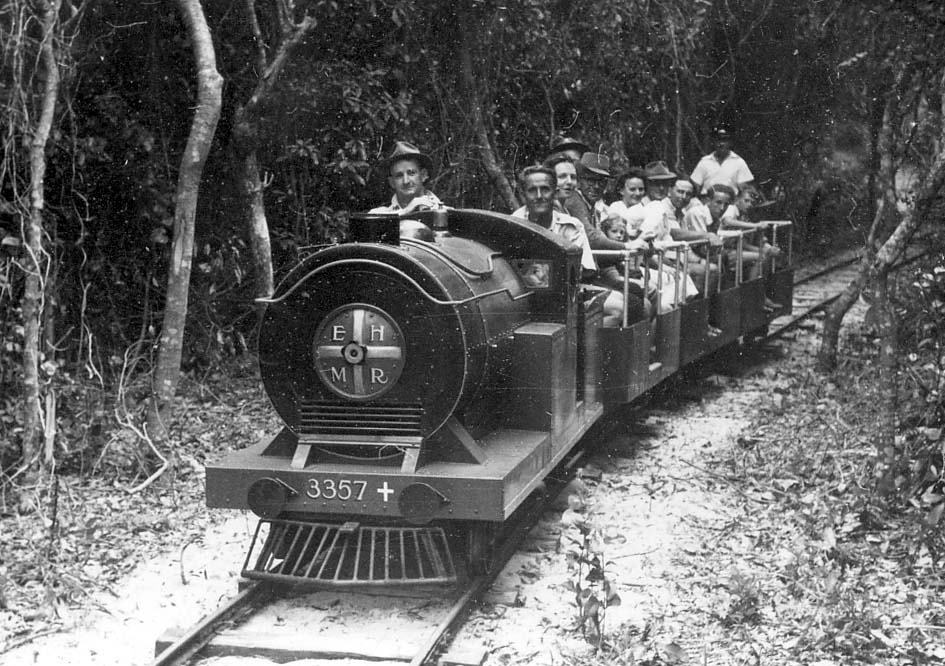
1951 Ambulance Station opened.
1952 Memorial Stage opened about this time.
1953 Christmas holiday crowd seen as challenge to Gold Coast.
1953 Camp Koinonia opened by Northern Rivers Baptist Association.
1954 Queen Elizabeth arrived by plane.
1955 ‘Triangle’ commenced publication about this time.
1955 Two new classrooms are added to the school building.
1957 Formation of Progress Association.
1958 Hotel Illawong opened.
1958 Opening of Baptist Church.
1959 Evans Head Band formed with 30 members.
1959 Another room added to school.
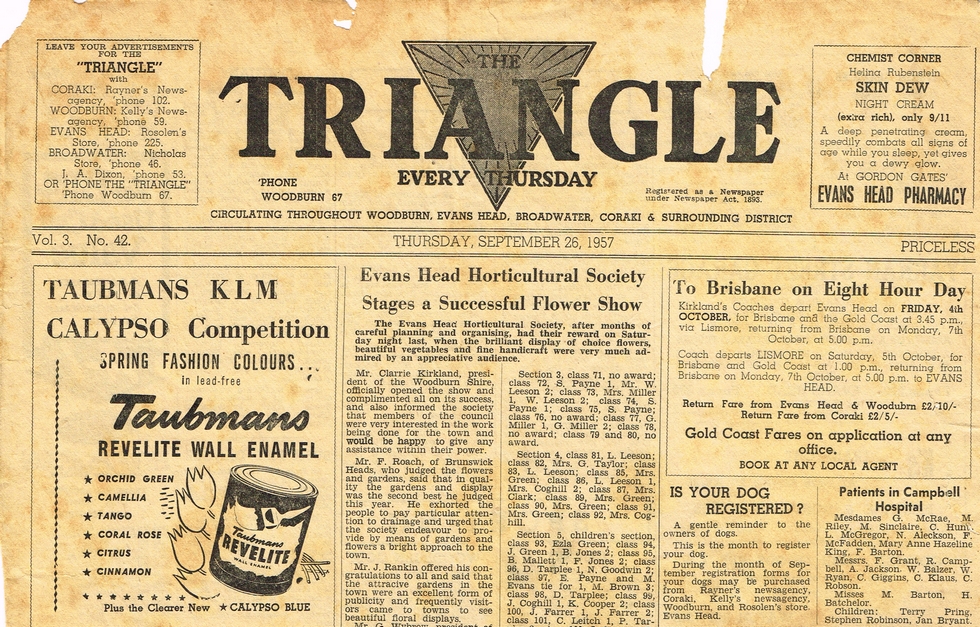
1962 Opening of bridge across Evans River.
1964 Pacific Motel opens — Evans Head’s first motel.
1966 Training wall at river entrance completed.
1966 Senior Citizens’ Association formed.
1968 Boatharbour completed.
1968 Fishermen’s Co-op. gets new building.
1969 Official Opening of Fishermen’s Co-op. $200,000 building.
1971 Opening of new R.S.L. Club.
1972 Installation of $20,000 ice-making plant at Co-op.
1972 Connection of sewerage.
